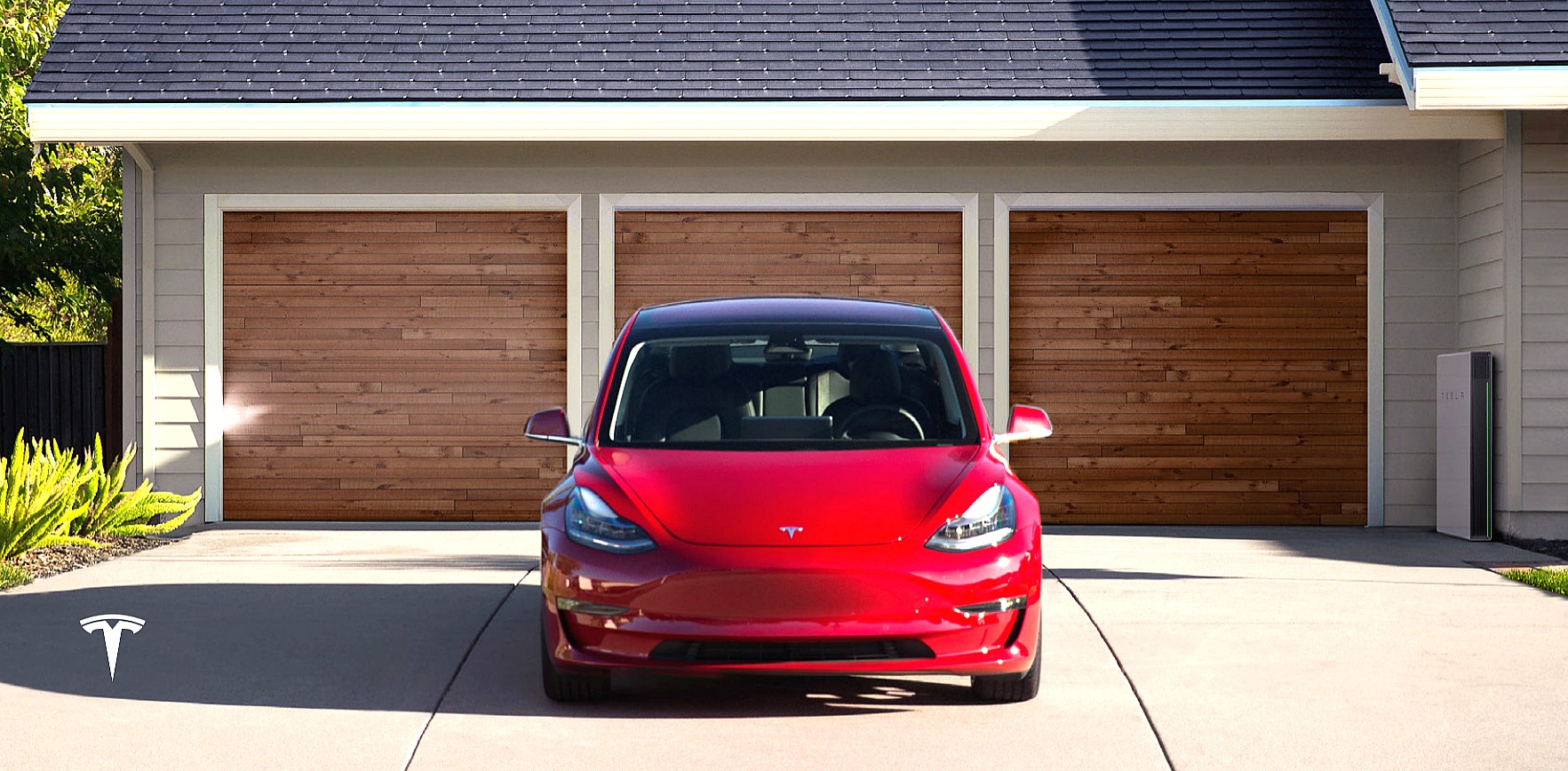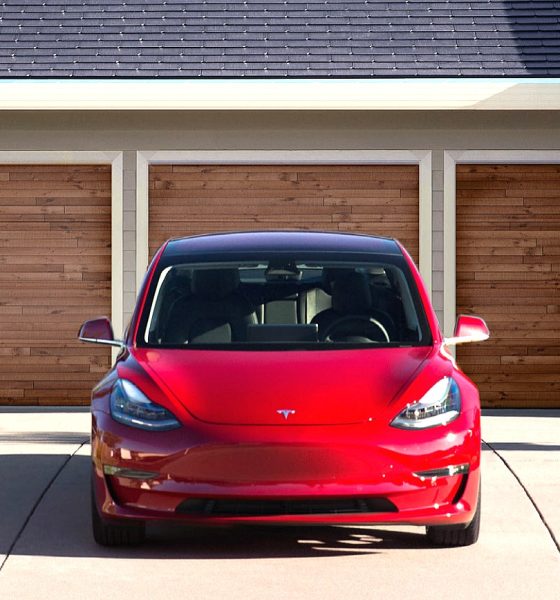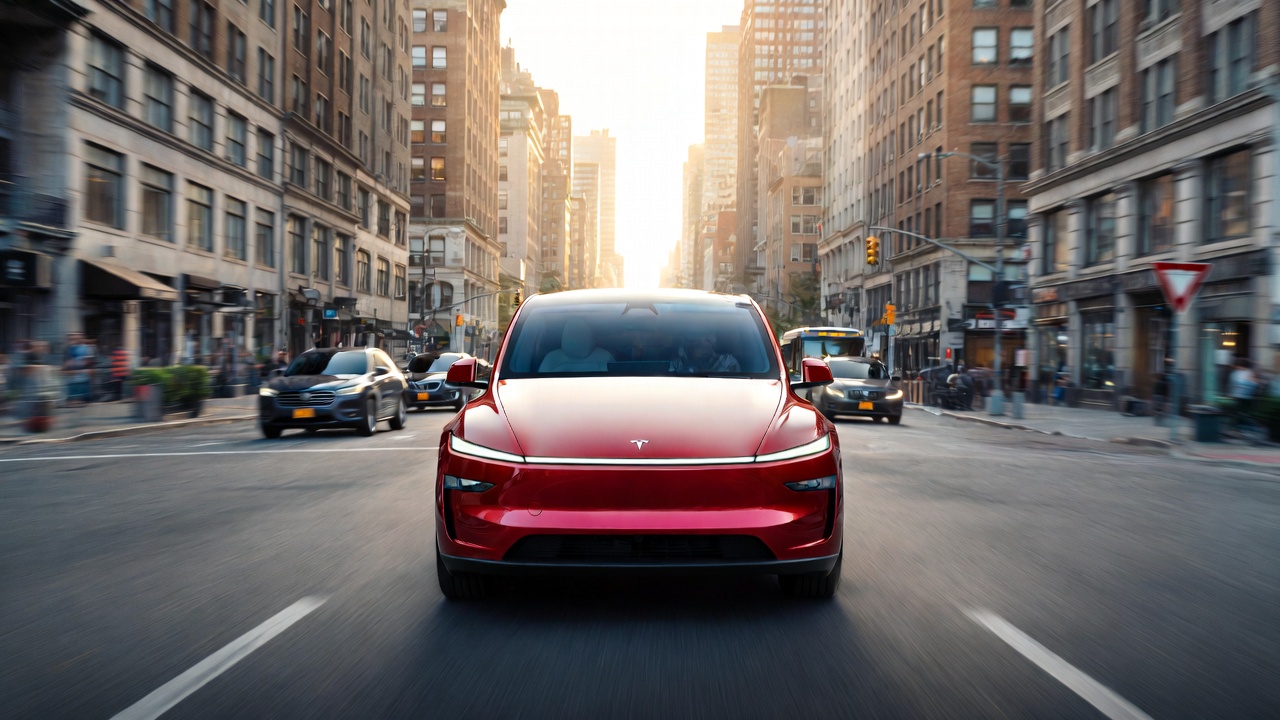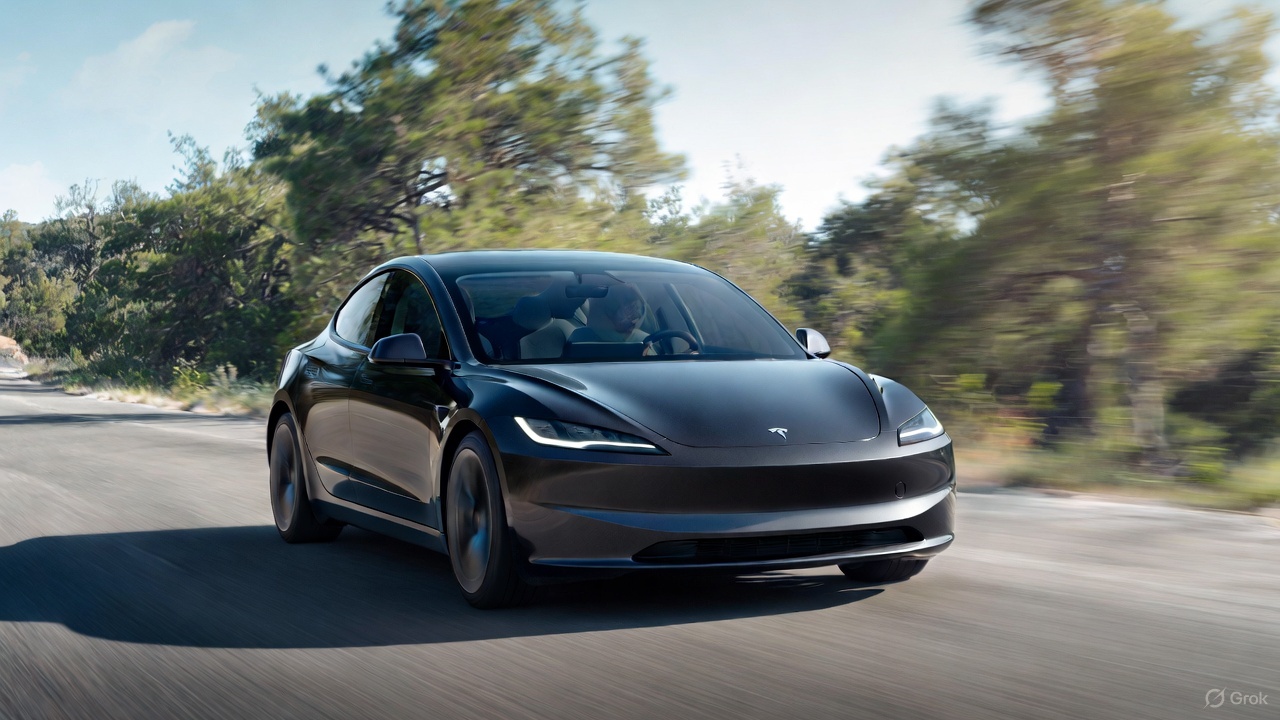

News
Tesla and other EVs’ potential to reduce emissions is widely underestimated: study
There are a lot of misconceptions about electric vehicles, but arguably the most prominent is the argument that EVs pollute more than their internal combustion engine-powered counterparts. Despite being debunked over and over again by people like Tesla CEO Elon Musk and organizations like Bloomberg NEF, the “long tailpipe” myth has remained incredibly persistent.
A recent study from electric mobility expert Auke Hoekstra has concluded that electric vehicles actually have the potential to be far cleaner than expected, especially since battery manufacturing and the power grid will likely not remain static. As the adoption of more efficiencies in battery manufacturing are rolled out and as more and more energy is gathered through renewable sources, the greenhouse gas emissions of electric cars like the Tesla Model 3 will see a dramatic reduction.
The findings of Hoekstra et al. stand in stark contrast to the conclusions of a study published by scientists Christoph Buchal, Hans-Dieter Karl and Hans-Werner Sinn earlier this year, who claimed that a Tesla Model 3 pollutes more than a Mercedes-Benz C 220 d due to the greenhouse gas emissions involved in the production of the electric car’s batteries. This conclusion, according to Hoekstra, has several critical mistakes.
For one, researchers such as Buchal et al. tend to overestimate the emissions produced in the battery manufacturing process. Hoekstra noted that around 65 kg of greenhouse gas emissions is emitted for every kWh of battery produced, which includes extracting and refining raw materials and actually producing the battery cells themselves. Buchal’s study estimated that the Model 3 emits 145–195 kg/kWh for its battery production, which does not take into account new chemistries that are adopted for battery production, or improvements in the cell manufacturing process.
The lifetime of batteries is also grossly underestimated in studies that allege EVs pollute more (or marginally less) than gas cars. In Buchal et al.’s case, for example, the scientists estimated that the Model 3’s batteries would only last 150,000 km (around 93,000 miles) before they are scrapped. This is a miscalculation, considering that current-generation batteries are estimated to last at least 1,500 to 3,000 cycles before they lose 20% of their capacity. For a vehicle like a Tesla Model 3 with Dual Motor AWD, which has a range of 310 miles, this would give the car around 747,000 km (about 464,000 miles) on the low end (1500 cycles) before their batteries would need replacing. And even after this, the batteries are recycled, not discarded, as noted by Elon Musk.
Perhaps the most notable miscalculation from EV critics is that many fail to account for the fact that electricity itself is getting greener with the adoption of renewable energy solutions. Battery-electric vehicles in some areas of the globe might be driving on power generated from coal today, but that will not always be the case. If an EV is driven on renewable energy sources, Hoekstra estimates that the battery-powered vehicles’ emissions would drop by a factor of 10. And that’s computing it using current-generation renewable technology.
The struggle for the future’s preferred form of propulsion will continue to be waged between batteries/electric motors and fossil fuels/internal combustion engine. Yet, it is essential to note that the internal combustion engine is already a mature technology that has likely reached its peak. Battery-powered cars, on the other hand, are only getting started. Heralded by the Model 3, the advent of disruptive vehicles like the new Tesla Roadster, the Rivian R1T pickup, or even the Porsche Taycan could ultimately seal the deal on electricity being the preferred source of propulsion in the years to come.
An Abstract of Hoekstra et al.’s study could be accessed here.

News
Tesla FSD fleet is nearing 7 billion total miles, including 2.5 billion city miles
As can be seen on Tesla’s official FSD webpage, vehicles equipped with the system have now navigated over 6.99 billion miles.

Tesla’s Full Self-Driving (Supervised) fleet is closing in on almost 7 billion total miles driven, as per data posted by the company on its official FSD webpage.
These figures hint at the massive scale of data fueling Tesla’s rapid FSD improvements, which have been quite notable as of late.
FSD mileage milestones
As can be seen on Tesla’s official FSD webpage, vehicles equipped with the system have now navigated over 6.99 billion miles. Tesla owner and avid FSD tester Whole Mars Catalog also shared a screenshot indicating that from the nearly 7 billion miles traveled by the FSD fleet, more than 2.5 billion miles were driven inside cities.
City miles are particularly valuable for complex urban scenarios like unprotected turns, pedestrian interactions, and traffic lights. This is also the difference-maker for FSD, as only complex solutions, such as Waymo’s self-driving taxis, operate similarly on inner-city streets. And even then, incidents such as the San Francisco blackouts have proven challenging for sensor-rich vehicles like Waymos.
Tesla’s data edge
Tesla has a number of advantages in the autonomous vehicle sector, one of which is the size of its fleet and the number of vehicles training FSD on real-world roads. Tesla’s nearly 7 billion FSD miles then allow the company to roll out updates that make its vehicles behave like they are being driven by experienced drivers, even if they are operating on their own.
So notable are Tesla’s improvements to FSD that NVIDIA Director of Robotics Jim Fan, after experiencing FSD v14, noted that the system is the first AI that passes what he described as a “Physical Turing Test.”
“Despite knowing exactly how robot learning works, I still find it magical watching the steering wheel turn by itself. First it feels surreal, next it becomes routine. Then, like the smartphone, taking it away actively hurts. This is how humanity gets rewired and glued to god-like technologies,” Fan wrote in a post on X.
News
Tesla starts showing how FSD will change lives in Europe
Local officials tested the system on narrow country roads and were impressed by FSD’s smooth, human-like driving, with some calling the service a game-changer for everyday life in areas that are far from urban centers.

Tesla has launched Europe’s first public shuttle service using Full Self-Driving (Supervised) in the rural Eifelkreis Bitburg-Prüm region of Germany, demonstrating how the technology can restore independence and mobility for people who struggle with limited transport options.
Local officials tested the system on narrow country roads and were impressed by FSD’s smooth, human-like driving, with some calling the service a game-changer for everyday life in areas that are far from urban centers.
Officials see real impact on rural residents
Arzfeld Mayor Johannes Kuhl and District Administrator Andreas Kruppert personally tested the Tesla shuttle service. This allowed them to see just how well FSD navigated winding lanes and rural roads confidently. Kruppert said, “Autonomous driving sounds like science fiction to many, but we simply see here that it works totally well in rural regions too.” Kuhl, for his part, also noted that FSD “feels like a very experienced driver.”
The pilot complements the area’s “Citizen Bus” program, which provides on-demand rides for elderly residents who can no longer drive themselves. Tesla Europe shared a video of a demonstration of the service, highlighting how FSD gives people their freedom back, even in places where public transport is not as prevalent.
What the Ministry for Economic Affairs and Transport says
Rhineland-Palatinate’s Minister Daniela Schmitt supported the project, praising the collaboration that made this “first of its kind in Europe” possible. As per the ministry, the rural rollout for the service shows FSD’s potential beyond major cities, and it delivers tangible benefits like grocery runs, doctor visits, and social connections for isolated residents.
“Reliable and flexible mobility is especially vital in rural areas. With the launch of a shuttle service using self-driving vehicles (FSD supervised) by Tesla in the Eifelkreis Bitburg-Prüm, an innovative pilot project is now getting underway that complements local community bus services. It is the first project of its kind in Europe.
“The result is a real gain for rural mobility: greater accessibility, more flexibility and tangible benefits for everyday life. A strong signal for innovation, cooperation and future-oriented mobility beyond urban centers,” the ministry wrote in a LinkedIn post.
News
Tesla China quietly posts Robotaxi-related job listing
Tesla China is currently seeking a Low Voltage Electrical Engineer to work on circuit board design for the company’s autonomous vehicles.

Tesla has posted a new job listing in Shanghai explicitly tied to its Robotaxi program, fueling speculation that the company is preparing to launch its dedicated autonomous ride-hailing service in China.
As noted in the listing, Tesla China is currently seeking a Low Voltage Electrical Engineer to work on circuit board design for the company’s autonomous vehicles.
Robotaxi-specific role
The listing, which was shared on social media platform X by industry watcher @tslaming, suggested that Tesla China is looking to fill the role urgently. The job listing itself specifically mentions that the person hired for the role will be working on the Low Voltage Hardware team, which would design the circuit boards that would serve as the nervous system of the Robotaxi.
Key tasks for the role, as indicated in the job listing, include collaboration with PCB layout, firmware, mechanical, program management, and validation teams, among other responsibilities. The role is based in Shanghai.
China Robotaxi launch
China represents a massive potential market for robotaxis, with its dense urban centers and supportive policies in select cities. Tesla has limited permission to roll out FSD in the country, though despite this, its vehicles have been hailed as among the best in the market when it comes to autonomous features. So far, at least, it appears that China supports Tesla’s FSD and Robotaxi rollout.
This was hinted at in November, when Tesla brought the Cybercab to the 8th China International Import Expo (CIIE) in Shanghai, marking the first time that the autonomous two-seater was brought to the Asia-Pacific region. The vehicle, despite not having a release date in China, received a significant amount of interest among the event’s attendees.








